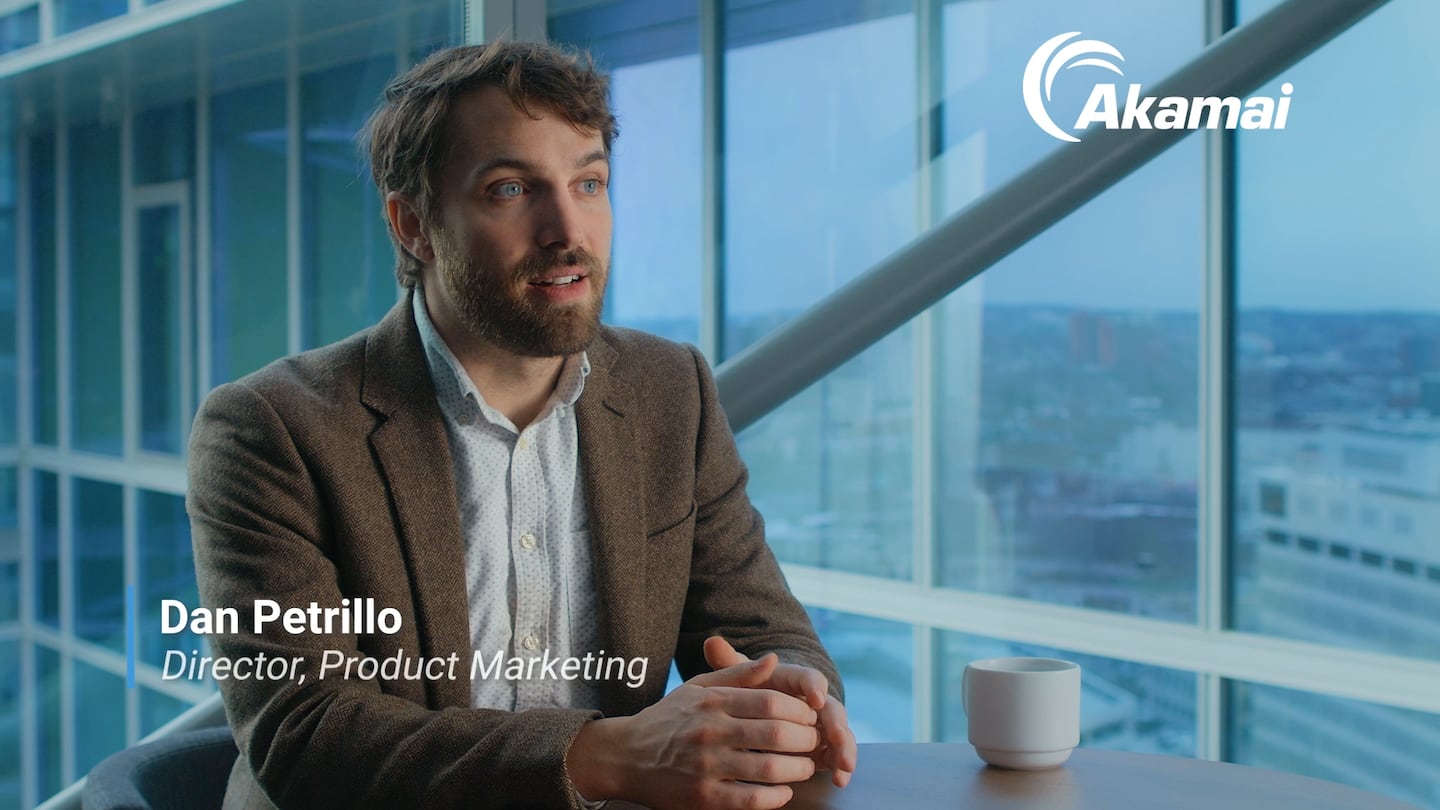©2025 Akamai Technologies
Products
Security
Security
App and API Security
Discover and monitor API behavior to respond to threats and abuse
Protect web apps and APIs from DDoS, bots, and OWASP Top 10 exploits
Client-Side Protection & Compliance
Assist with PCI compliance and protect against client-side attacks
Zero Trust Security
One Zero Trust platform for coverage, visibility, and granular control.
Akamai Guardicore Segmentation
Mitigate risk in your network with granular, flexible segmentation
Proactively protect against zero-day malware and phishing
Stop the most evasive threats with proactive threat hunting
Granular application access based on identity and context
Harden against account takeovers and data breaches with phish-proof MFA
Bot & Abuse Protection
Mitigate account abuse and grow your digital business
Stop scrapers, protect intellectual property, and increase conversion
Detect and mitigate fraudulent representations of your brand
Welcome the bots you want and mitigate those you don’t
Add secure, cloud-based identity management to your websites or apps
INFRASTRUCTURE SECURITY
External authoritative solution for your DNS infrastructure
Protect your infrastructure from distributed denial-of-service attacks
Boost network performance and security for IP-based applications
Cloud Computing
Cloud Computing
Content Delivery
Content Delivery
APPLICATION PERFORMANCE
Improve the performance and reliability of your website at scale
Improve the performance and reliability of your APIs at scale
Boost network performance and security for IP-based applications
MEDIA DELIVERY
High-quality video delivery for any screen to global audiences
Deliver large file downloads flawlessly, every time, at global scale
EDGE APPLICATIONS
Execute custom JavaScript at the edge, near users, to optimize UX
Distributed key-value store database at the edge
Automatically optimize images and video for every user, on any device
Predefined apps that run at the edge for specific business needs
Use an efficient caching layer to improve origin offload
Optimize performance with intelligent load balancing
MONITORING, REPORTING, AND TESTING
Low-latency data feed for visibility and ingest into third-party tools
Measure the business impact of real user experiences in real time
Site and application load testing at global scale
Solutions
Use Cases
CLOUD COMPUTING
Deliver an engaging, interactive video experience
Build with portability, performance, and efficiency from cloud to client
Improve the gamer experience with low latency and high availability
SECURITY
Secure your business and reduce compliance complexity
Mitigate attacks by limiting malware ingress and stopping lateral movement
Build trust and drive growth with end-to-end protection
Solutions for comprehensive coverage, visibility and control
Protect your infrastructure from DDoS and DNS attacks
Stop account abuse, sophisticated bot attacks, and brand impersonation
CONTENT DELIVERY
Improve user engagement through app & API optimization
Deliver seamless streaming and download experiences to any device
Build and deploy on the world’s most distributed edge platform
Why Akamai
Resources
Library
Learn
Educational resources and training for Akamai products and services
Key concepts in security, cloud computing, and content delivery
Security Research
Insights and intelligence from the Akamai Security Intelligence Group
State of the Internet (SOTI) Reports
In-depth analysis of the latest cybersecurity research and trends
Partners
Find a Partner
Learn about our industry-leading ecosystem of partners
Find a channel or technology partner
Become a Partner
Unlock more profit, focus on what matters, and deliver with confidence
Create more value for joint customers with seamless integrations
Contact Us
Protect Against Ransomware Attacks with Zero Trust Security
Learn about the security advantages that implementing a Zero Trust cybersecurity model can present in defending against ransomware.
Ransomware attacks are on the rise, and many organizations have found out too late just how vulnerable they are. Some estimates put the average cost of a ransomware attack at 4-and-a-half million dollars. Ransomware can impact everything, from productivity, to a company’s reputation, to its bottom line.
And, as more employees work outside of the organization’s secure perimeter, companies continue to migrate apps to the cloud.
As sophisticated attack tools become easier to acquire, ransomware attacks are only going to get more persistent.
This is where a Zero Trust approach to security becomes vital to the business. Zero Trust addresses these challenges by defining what is allowed in your network, allowing nothing else. It eliminates the implicit trust of users, applications, and networks that can lead to a network breach. With Zero Trust, users are only given least-privilege access - minimizing the likelihood, impact, and time to remediation of a breach.
Akamai’s comprehensive Zero Trust portfolio addresses every facet of the ransomware attack, from prevention to recovery. For a ransomware attack to succeed, an attacker needs to find a way to move laterally once they have accessed the network. Akamai’s Zero Trust segmentation prevents lateral movement and contains the attack to its initial point of entry. For example, attackers are known to target backup servers, so those servers must be segmented from the rest of the network. Additionally, Akamai strengthens the security of remote access by enforcing strong application access controls based on your defined least-privilege access policy. Akamai’s secure web gateway solution alerts you to suspicious activity, allowing you to mitigate risks immediately. Finally, Akamai’s experienced security researchers deliver the final piece of the portfolio by providing real-time guidance on risks lurking in your own environment.
Products
-
Cloud Computing -
Security -
Content Delivery -
All Products and Trials -
Global Services

